Whenever I’m asked to visit a club for a coaching evening, I ask the organiser to canvass the club members and give me a list of the areas they would like me to work on.
Overall, I’m met with similar responses, which are:
Men – smash and backhand
Women – clearing to the back and returning a man’s smash.
Seriously. I get very few requests for anything else!
So here’s a challenge for you. Ask your club members this question…
“if we were to hire a coach for the night, what would you want to work on?”
I would love to hear from you with your answers.
When I arrive at the club and begin talking to the players I then get bombarded with questions, which is great. But, rarely do I get the players saying to me “we want to win more games!” Is that strange or am I expecting too much?
You see, surely the objective for me being there in the first place is to help the players achieve something. They are all playing league badminton and they all tell me they want to get better.
But, they don’t really know what it means to get better. They haven’t really defined what result they wish to achieve. This is a common fault with many sportspeople. What you will find is that the top sportspeople have clearly defined goals and that is one of the reasons why they are achievers.
So What Should These Players Be Focussing On In Order to Improve Their Scores? Here’s My Top 3.
In my opinion, if players in clubs focussed on these key areas, they would see significant results, very quickly.
1) Serve – improve the quality of serves and also understand the tactics behind every serve. By doing this, each serve has a mission – it’s a mission to accomplish a certain result. Serving well, with purpose and skill will add a minimum 5 points to your game.
2) Receiving serve – working out where to return a low serve is a good start. Just learning how to keep the return low will add more points to your score. By keeping the shuttle down, this pressurizes your opponents into lifting the shuttle and gives you the attack.
3) Grip changing. Believe it or not, there are many players who still do not use the correct grips. This means they gift points to the opposition as they are unable to return the shuttle well in given situations. This basic, foundational and yet vital skill is sadly lacking in league badminton. When you do have this skill, it’s amazing how many shots you can play and the number of returns you can call upon to outwit or outplay your opponent.
So there you go, that’s my top 3. Other coaches may differ, however I’d be amazed if they differed by much. Coaches and badminton commentators alike will tell you how vital the serve and return of serve are in deciding the outcome of a game.
No matter which scoring system you’re playing to, you’ve got to serve well in order to win the game. I sincerely believe that if players at clubs focussed on these three key areas and practiced at club nights, then they would soon see significant results in their overall scores and level of play. Opponents won’t understand what’s changed, and they certainly won’t like the score!
I always invite you the reader to share your thoughts and experiences on my blog – that’s what it’s for.
To your success
Paul



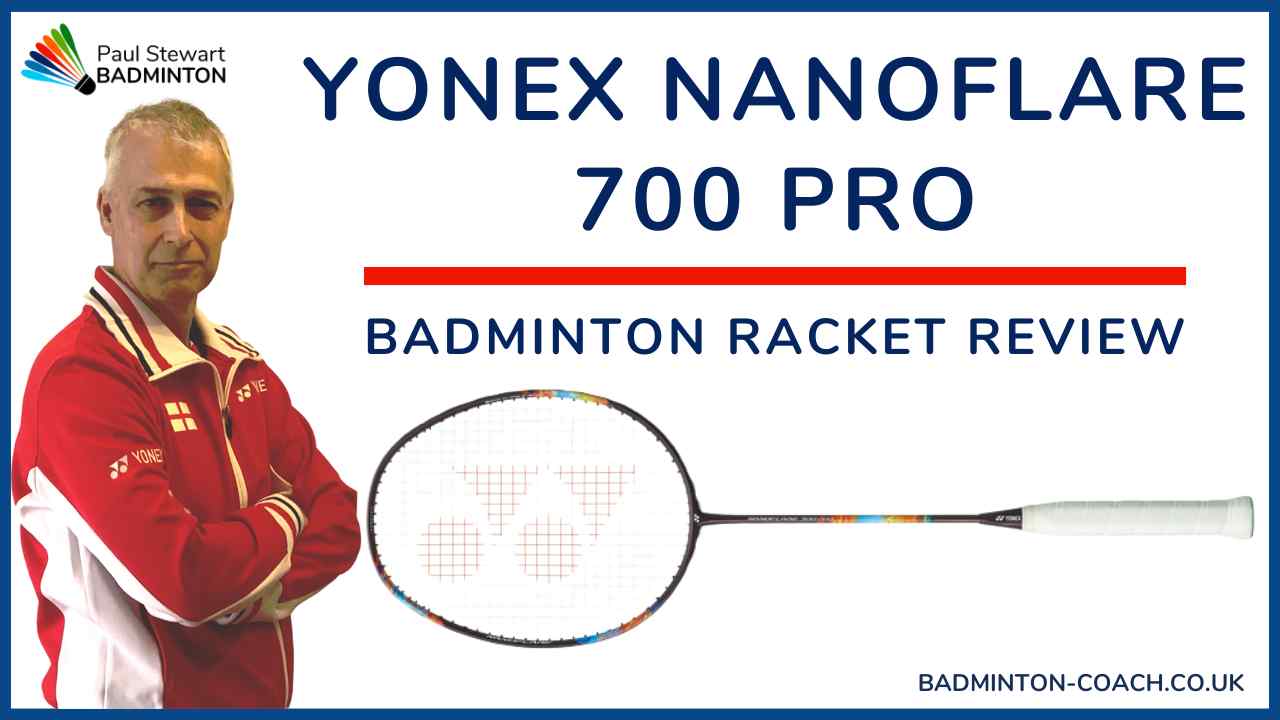

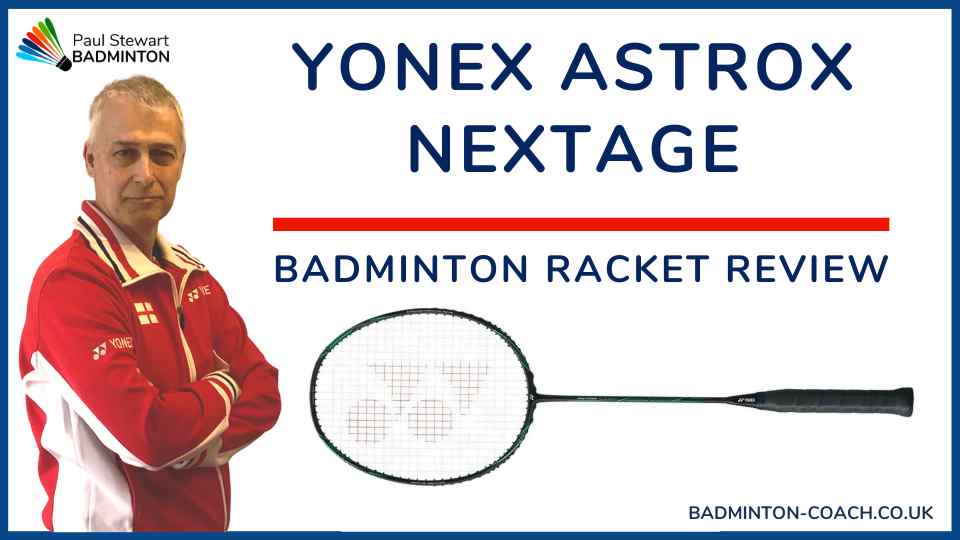

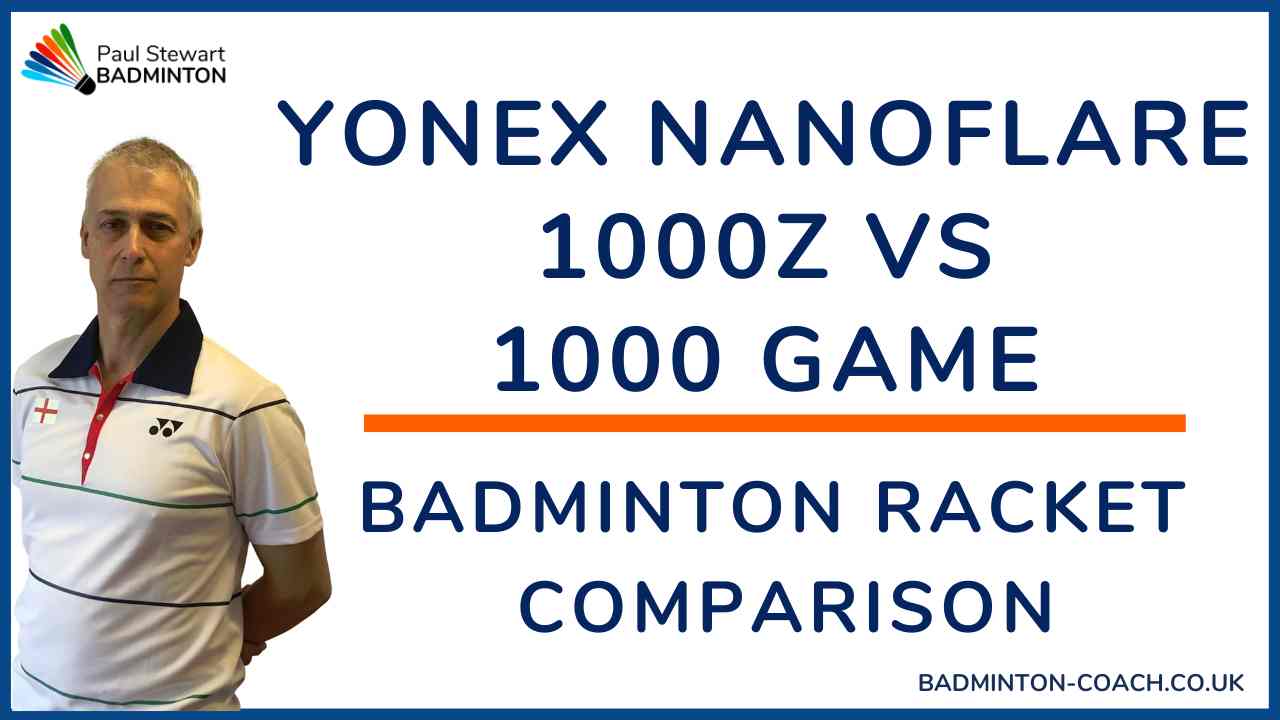
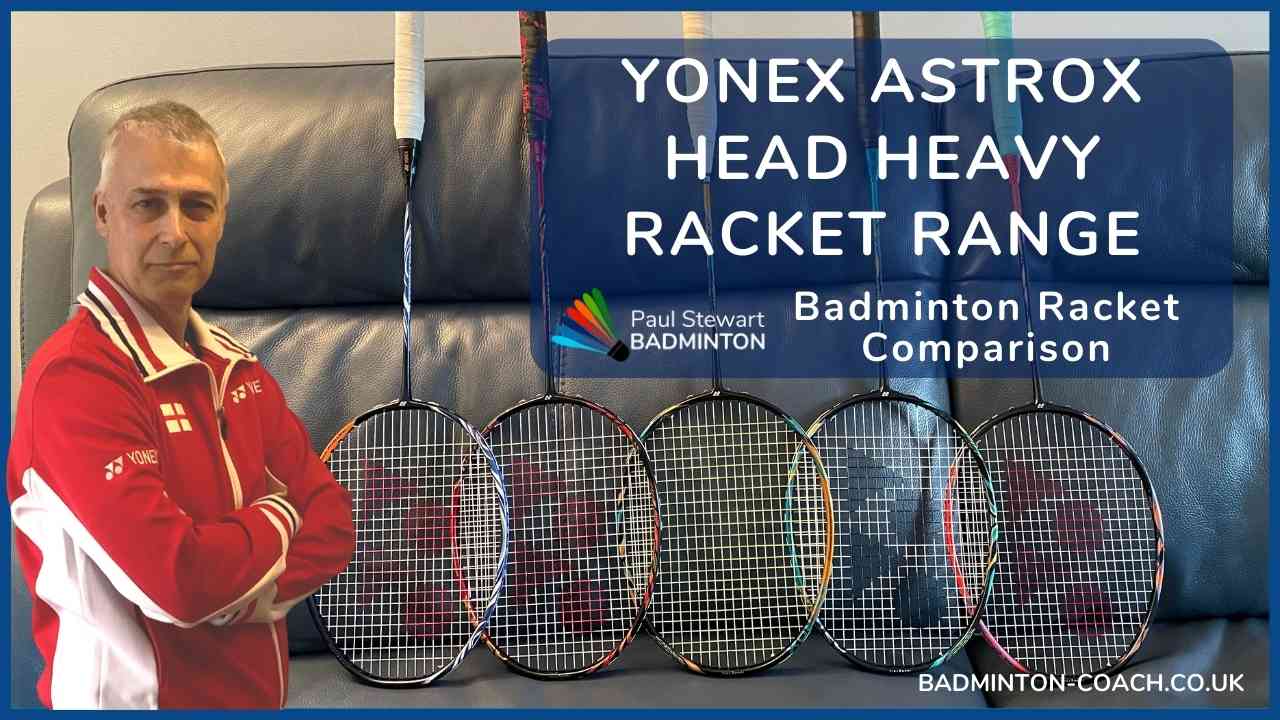

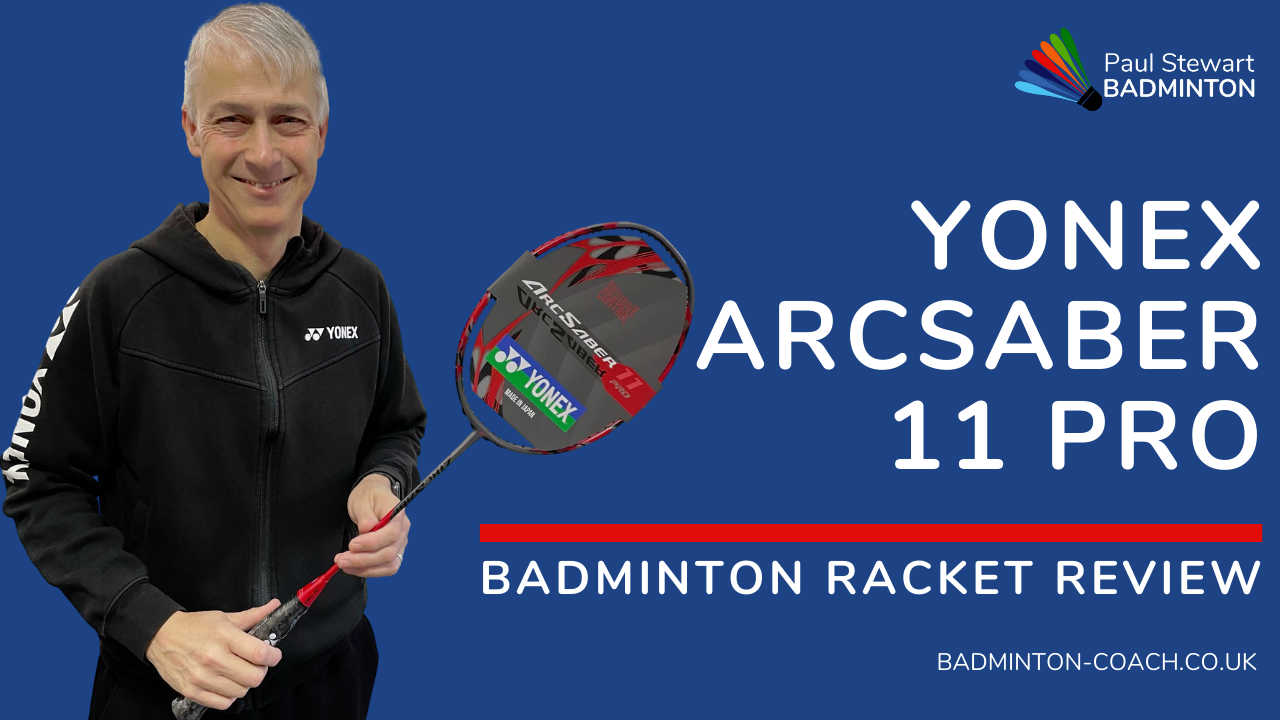

Hi Paul,
With the new scoring, the serve is vital, as is the return. We have a large range of abilities at our pay-and-play club. Recently a very good player has taught me a few things, one of which is not to move after the serve, because if I move left he returns right, and vice versa. So now I serve and watch from the tee. The only problem I have with his return is that sometimes he does a feint which I find hard to predict. If I am serving right to left, he tends to feint to my left and then loops his arm around and puts the shuttle to my right. Do you have any pointers to spotting this trick?
I’ve played many players who use body skills to distract their opponent. The key is to focus on the shuttle and not the player as this is why they can sell the dummy.
Once you get this working and you move in the right direction, it’s likely your opponent will stop trying these tricks. But, you have to learn to focus on the shuttle first rather than watch the player.
Good luck
Hi Rhodney
Many thanks for your comments.
Yes, I agree, a huge majority of club players are not interested in the finer and vital parts of the game. That is, until they play with a partner who can’t serve or return and then they’ll blame these lack of skills for the poor result. Funny, it’s got to be so obvious or it’s not considered.
More than likely, in the face of defeat, a player will blame the conditions, their partners mistakes, or “my smash isn’t working properly tonight.”
It’s only when you talk to good players do they really understand what’s important in this game. That’s fine, it’s just how badminton life is.
Here’s wishing you a successful 2010.
Paul
Hi Paul,
Great article.
When you included serving and receiving a serve as your top 2, I\\\’m assuming you\\\’re mainly referring to doubles, right?
If that’s the case, I soooo agree with you. It\\\’s really hard to be partnered with someone whose service usually gives a lot of options to the receiver. In doubles, getting the attack is very important, and a good service dictates this. I once saw an interview of Gail Emms and Nate Robertson after they lost to the Korean pair Lee Yong Dae and Lee Hyo Jung. Gail specifically specified that it was the tight service of the Koreans that gave them a hard time.
As for club players, most of them (at least in my club) are social players. They play just for the sake of playing. Only a handful of players are eager to learn. They\\\’re already contented on the idea that a strong smash makes a good player. I would be lucky to know someone in our club who knows what a bevel grip or a pan handle grip is.
Keep on writing. 🙂
Rhod
Warwick
Fitness and tactics play a huge part in the game. You can’t really have one without the other if you really want to become a good badminton player.
You’ve covered all the must have’s really well Warwick. It’s a shame so many club and league players ignore them.
Paul
I think the serve is really important too. I only started \"flick\" serving this year [nobody did it back when I started in 1987] and while the learning curve has been steep, the benefits are great simply because you can set up the point and force the opposition on the back foot early.
I also think fitness is a huge deal too. If you\’re at the ragged end, you can\’t apply your skills properly because you become haphazard and \’lazy\’.
You know one thing that I always find facinating, is when a much more highly skilled player can\’t beat a less skilled but more tactically proficient player. That always weirds me out.
I guess for me, skills are obviously very important, but fitness and tactical proficiency are the other 2/3rds of the equation!
Hi Michael
I totally agree with you.
It’s a good tip for players to watch other games and count the number of points won on service or return. It may finally change their minds. I suspect the ego really wants the big winner from a smash but that’s not how the game is won, certainly in league badminton. Usually, it’s won on mistakes rather than winners. Actually, this pretty well sums up international badminton too!
I thought about my game a little the other night and recognise that I am “backing off ” the serve too much at the moment because I’m spending too much time thinking about the third shot and whether my partner will do anything good with it. Inconsistency in hitting the shuttle is not a good receipe for confidence!
Thanks for your comments Michael.
To your success in 2010.
Paul
Hi Paul
This is the big problem with coaching too many fail to grasp that the most important thing is the basics. I usually get asked about a backhand smash or a slice and then when you look at the player playing they fall down on some basic footwork or something similar.
When I teach doubles I always tell the players beforehand that at least 50% of the points in the game will be won or lost in the first two shots (this is very much true at the lower levels). They never believe so I get them to count the number of rallies which last less than 3 strokes. They soon see where I am coming from. As you mentioned above the service and the return of service are vital to get right. I am not sure why players are so afraid to be aggressive against the serve. I try to coach players to attack from the off if possible. I think players may be afraid of hitting the net by being aggressive with the return of service. Unfortunately there is only one way to overcome this and that is to practice. It may be the case that players don\’t seeing practicing service and returns as important. The basis for any good rally is to make the service/return accurate and force a weak reply.
From a personal point of view I am very aggressive on the return often forcing errors on it as I try to be intimidating as possible. If you are making the server think about their serve half the battle is won.
Looking forward to the new videos in the coming year. Have a good Christmas.
Regards
Michael
Hi Chris
Thanks for your comments.
I already have plans to cover service return in a series of videos in 2010. There is one particular aspect here that you will need help with. It goes beyond the tactical aspect of service return and is going to be covered in the technical of the video series.
Hopefully I start filming end of January. I have over 2 years worth of video material already written so there will be plenty for all players.
To your success
Paul
Great stuff Paul. Indeed I lie in the intermediate range and a lot of the times a stronger smash is what I\\\’m leaning towards. I have recently begun to appreciate the importance of having a good consistent serve and an aggressive serve return.
I also think that footwork speed is such an essential aspect of the game. Without it, you\\\’re always out of position when taking a shot which leads to both a poor quality shot and the possibility of injury.
I was wondering if you will be doing a video on the technical aspects of the doubles service return? I find that I have a lot of trouble consistently pushing the birdy down the moment it crosses the net.
Thanks
Chris
Al
Many thanks for the information on your system. I wish we have something similar but we’re absolutely world apart.
The Nano 9900 is a great racket. As you know, it’s my current racket although I am leaning towards Z Slash for 2010.
I haven’t played with Nano 7000 but I am told that 9900 has the lightest head in the Nano range.
The shaft on 9900 is extra stiff compared to 7000 which is considered stiff. This can result in the 9900 feeling as though it’s dragging a little compared to your 7000. It’s something to watch for.
If you can, borrow one and test first. You may find that you prefer what you have. Saying that, there are more players switching to 9900, especially in doubles. I’ve seen very few who have elected to use 9900 in singles. It seems Arcsaber 10, 7 and Armortec 900’s rule the singles world.
As I always say, rackets are personal so I hope you find the ideal racket for you.
To your success in 2010.
Paul
Hi Paul,
The really good thing about it is each club can have a tournament and give prizes at each different level. There is an incentive for almost everyone, because if you like badminton you will find your level and play against players of the same standard – where you actually have a chance to win some individual trophies. Of course we have the league competitions too, although these work differently and involve a bit of singles too. And the money from the tournament entry fees keeps the clubs going.
You asked about the levels for singles vs doubles and mixed. Until now, each player has had just one ranking. For example, you could get from level C1 to B2 by winning either (a) one singles tournament level B2 (you can compete at one level above your own) (b) two singles tournaments level C1 (c) six doubles/mixed tournaments (c) one singles and four doubles/mixed olevel C1 r (d) by amassing 13 league points; all in the period of one year. The league points come from inter-club matches, you get one point for beating someone at your own level, you lose 2 points for losing to one level below you, and if there is an even bigger gap in levels you win or lose more points.
This year apparently they will change the system a bit and we will get separate rankings in singles, doubles and mixed. The good thing is that since I am useless in doubles, my ranking will drop very quickly from B1 to B2 and I will be able to enjoy tournaments at a level more accessible for me.
Oh yes, I almost forgot to mention. We have 3 leagues: mens, ladies, mixed. For a mixed team you need at least 2 men and 2 women. You play 4 singles matches, 2 mixed matches, a mens doubles and a ladies doubles against the other team. For a mens or ladies you go with 4 guys and you play 4 singles and 4 doubles matches. I can remember in my villages back home it was always just 3 * 3 doubles/mixed we played so I used to be better at doubles.
Anyway enough from me. I did enjoy the article and I’ve certainly noticed much more how I am holding the racket when I am playing. I still lost last night … to a B2 grrrrrrr!
Do you have the chance to give me any brief insight into Nanospeed 7000 (my current racket, it’s the old version) versus Nanospeed 9900 (potential Christmas present)? I think my current racket is maybe a little too head-light. According to Yonex 9900 is a somewhat more balanced, attacking, singles oriented. I don’t really want a head heavy racket, so not Armortec, it makes my arm hurt. I think 3U G3 is what I have right now.
All the best
Al
Al
Our league system is very different from a competition system.
A players ability may be judged based on the standard in the club, standard in the league, a coach’s standard. In other words, we don’t have defined standards!
I do like the sound of your system. It creates a little more certainty in terms of your level. But, how does this work for doubles and changing partners? Or, is this purely based on singles which isn’t a game we play in league?
In our junior competitions, we do have gold, silver and bronze standards. Winning one event automatically bars a player from playing other events at that level in the season as I understand it.
I totally agree that improving fitness can make a huge difference to a players game. Sadly most players are playing to get fit, rather than get fit to play badminton. And there lies a major distinction between the top players and the rest of league and club players – although there are always one or two exceptions.
Thanks again for your comments and insights.
Paul
Hi Paul,
It’s always a problem for me to understand the different levels of player in England. League, County etc. I also never really managed to find where to play tournaments when I was growing up. That was missing from where I lived and the village clubs I played in.
This is definitely a good thing about Belgium, where there is an A-B1-B2-C1-C2-D ranking. You know that a C2 has won a tournament at D level, so he’s better than 31 other people, and you know that a C1 has won a tournament at C2 level. To get to the higher levels you have to win more and more tournaments or beat more players at the same level as you or above. And to get to be an A there is a kind of national enquiry to see if you are good enough.
Anyway, I’ve reached B1 under this system and I’m getting close to 35 so sadly there’s only one direction I’m going from here…
What I found really helped to make the jump from C1 through B2 to B1 was simply going running twice a week for 30 minutes. It brought up my general level of fitness to a level significantly above the others at the C1 level, and within a very short space of time I found that I was battering the C1s and getting to finals at B2 level. I don’t think that my raquet skills improved much over that period, I never had a big smash anyway, I just found it easier to control the rallies and grind the opposition down.
So that’s my point. Service, receive, grip: I agree. But up to a certain point, a general level of fitness will also bring you something that the others don’t have.
Good luck next game. I’m playing tonight. Still haven’t decided which racket to get for Christmas…
Al
Hi Mathieu
The standard of player I’ve been describing would be classed as intermediate. They play low league level.
There are ways to practice service and create some pressure – it’s all about using the mind, a target and a piece of string.
You can also create training exercises to improve the return of serve and yet again, you can make it interesting enough and “condition” the exercise to make it highly effective and apply pressure to the receiver.
I also agree with you that once you learn the basic serve, you need to obtain experience in pressure situations. And, the only way to do this succesfully is in a game.
Where many players fall down is that they haven’t practiced their technique enough and it lets them down in a game. Or, they have not developed the skill to place the shuttle where they want it to go and therefore they cannot apply tactical thinking along with good technique to make their serve more potent.
Yes, the flick serve is good at certain levels of play and can be a real winner against the right opposition. But, in general, it’s still risky because the server is lifting the shuttle and “giving” away the attack.
At the highest levels of the game, it’s rare to see a flick serve. You may also notice the number of times players look at the service judge when a flick serve is used.
Mathieu, many thanks for your comments and please keep them coming. This blog is for players from beginner to advanced and I welcome good comments so that we can build our understanding of this great game together.
To your success
Paul
I would be interested to see what is the level of the players who are asking you about those “winning shots” coaching tips.
I can obviously see the reason why they are asking this: the winning shots look alot more impressive than the actual building shots (We dont expect a serve, or even a return of serve to be a winning shot, even if they are extremely important in determining the outcome of the rally).
These players might also ask you those tips because those “winning” shots are the ones that require alot of technique: I have asked coaches to look at the way I serve and at my receiving stance, tactics etc, but once you get the basic technique/tactics about serves are returns of serves, I believe the best ways to improve them is expericence and practice: My serves look great when I practice them without an opponent, but when there is someone waiting on the front line, ready to pounce on my serve, I tend to make more mistakes. So far, the best way for me to improve this aspect was to play more games against agressive opponents, which helped me develop confidence in my serve: I did not really need the help of a coach for this.
It is similar when it comes to receiving serves, once you have learned the basics, you need to test your returns of serves in order to pressurize your opponents (and force them to play a weaker shot), but I beleive this is a combinaison of physical strenght/speed, anticipation and experience, which is once again why I beleive that the coach’s role is not as important with those shots, compared to other shots like the smash, where strenght/speed and practice obviously play a big role, but the technique remains the key element that leads to success with that shot (and I beleive you can go further than the basics with this shot, as opposed to those mentionned above).
Also, I’m just suggesting an explanation for the fact that there are less flick serves at a higher level of play: first of all, at a high level of play, the idea of giving away the attack has absolutely no tactical goal (the players are so good at playing WINNERS), whereas at a lower level of play, the team that is on the attack sometimes seems to be struggling more than the team that is defending! Also, I beleive that at a certain level (intermediate I would say), you become able to wait very close to the front line (or almost on the front line), most likely you are not able to cover the flick serve as well as another player who would be alot better than you are, but you are still able to wait as close to the net as he does (because the rules of the game don’t allow you to wait any closer!) which means that a more advanced player would be able to cover the flick serve very well, which would make it a bad tactical choice for you to use that serve on him (while it might be a good option to use the flick serve on an intermediate player that is waiting very close to the front).
I hope I made my explanation clear. But I really do agree with you: those points you mentionned are the ones that will give the most improvements on a player, especially the serve/return of serve, since every rally starts with both of them.
Regards,
Mathieu
Hi Daniel
Thanks for your comments.
Yes, it’s amazing how often players forget the essentials to improve their “winning” shot. And yet, if you don’t get the essentials right you will rarely get the opportunity to use the “winning” shot and usually find the game is over before you know it.
You make a good point about returning the serve and focussing on making the return of serve a good one. What’s interesting is that the higher standard of play, the fewer times you will see a flick serve. Players at this level know how important a good short serve is to their badminton career – it’s that important! That’s why they will spend hours every week perfecting their serve.
I’m not suggesting here that club/league players spend hours on their serve, although if they did, they would see huge improvements. Just spending 10 minutes at a club night will help and it’s better than no practice whatsoever.
The bottom line is this. Players like you in a club want to improve and win more games. To do this, you’ve got to make sure the basics or badminton essentials are done well. Then, and only then should you concentrate on developing more winning shots.
Thanks again Daniel for your comment. I really do appreciate it.
To your success.
Paul
I couldn’t agree more with you, Paul. Too many people are wrapped up in “how can I make my smash faster?” and “how can I do x ridiculous thing with my drop shot or net shot?” but that makes them forget about working on the simple things. It’s those simple things that often need improving. At intermediate levels and above, just getting the shuttle over the net with the serve isn’t good enough – you need to make it tight and do something with it.
It’s the same with the return. Most people stand too far back due to worrying about “what if my opponent flick serves?” when in actual fact, if they moved closer to the short service line, they’d still be able to get back in time for a flick or block back a drive serve. Of course, by getting closer to that front service line, they open up the option of actually doing something with the shuttle instead of just lifting it back and hoping they can return the inevitable smash or drop shot.
Thanks for another excellent article.